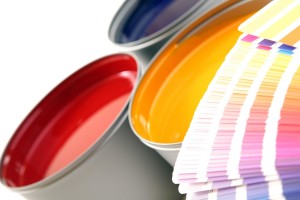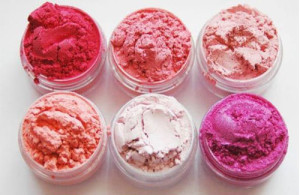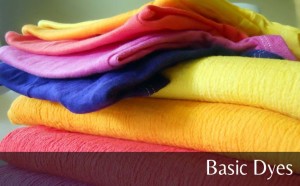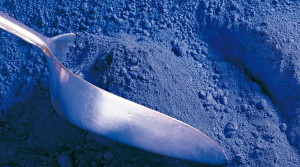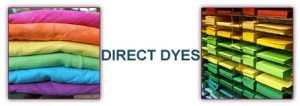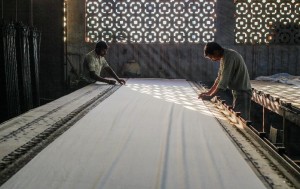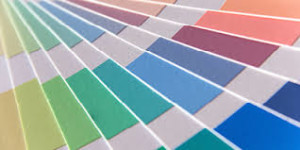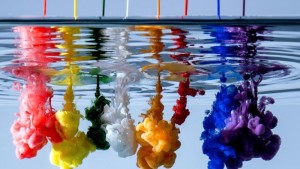
In the technology driven world of today, the colour industry is also evolving. Action is taken to upgrade the work force, machinery, raw materials and processes involved in the industry. The technically sound players in the field work towards providing a wide product range which can take care of the diverse market needs. It is not only about making pigments for paint or solvent dyes with the correct shade but also guaranteeing the safety of the users and the environment.
